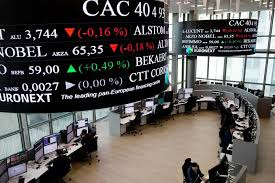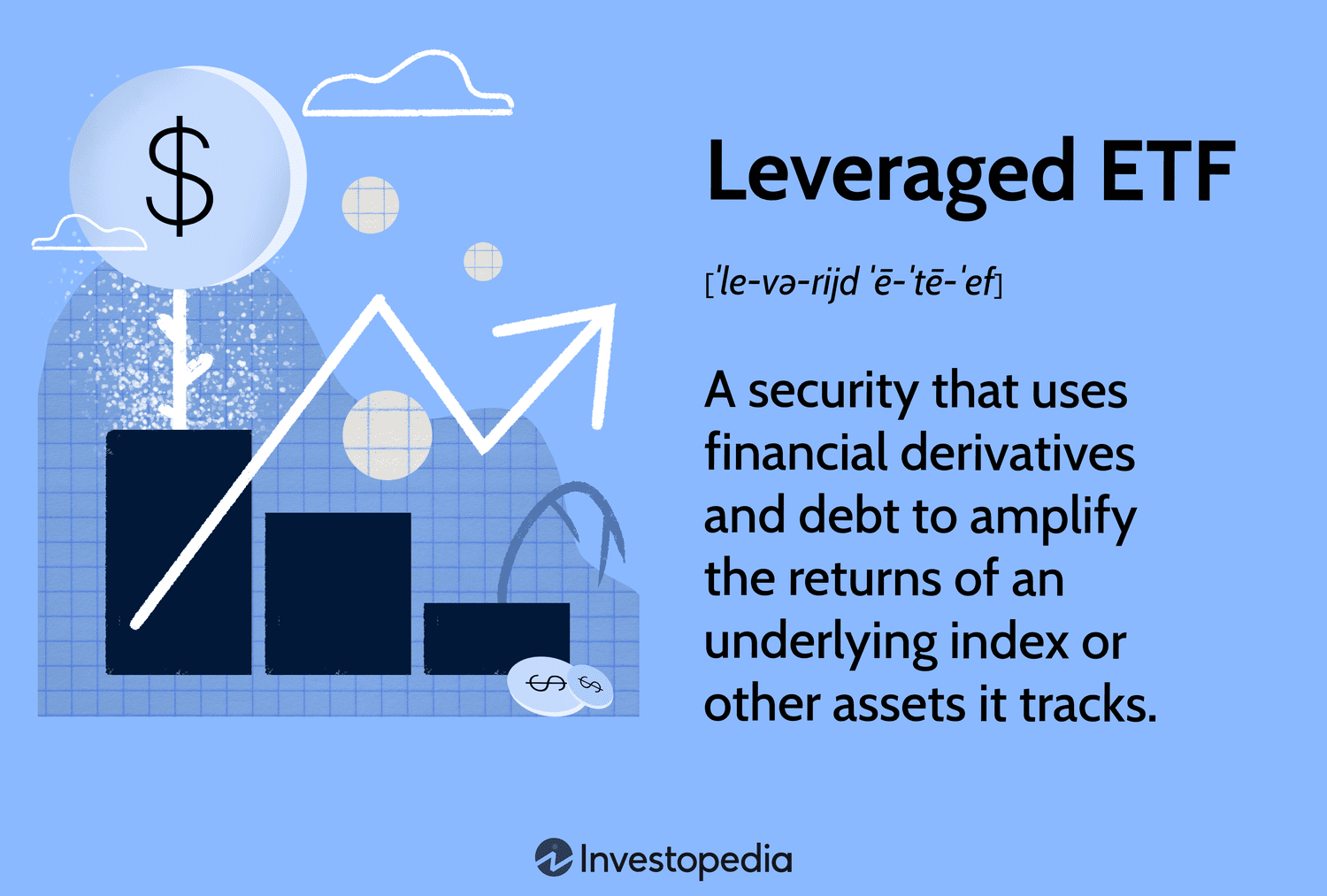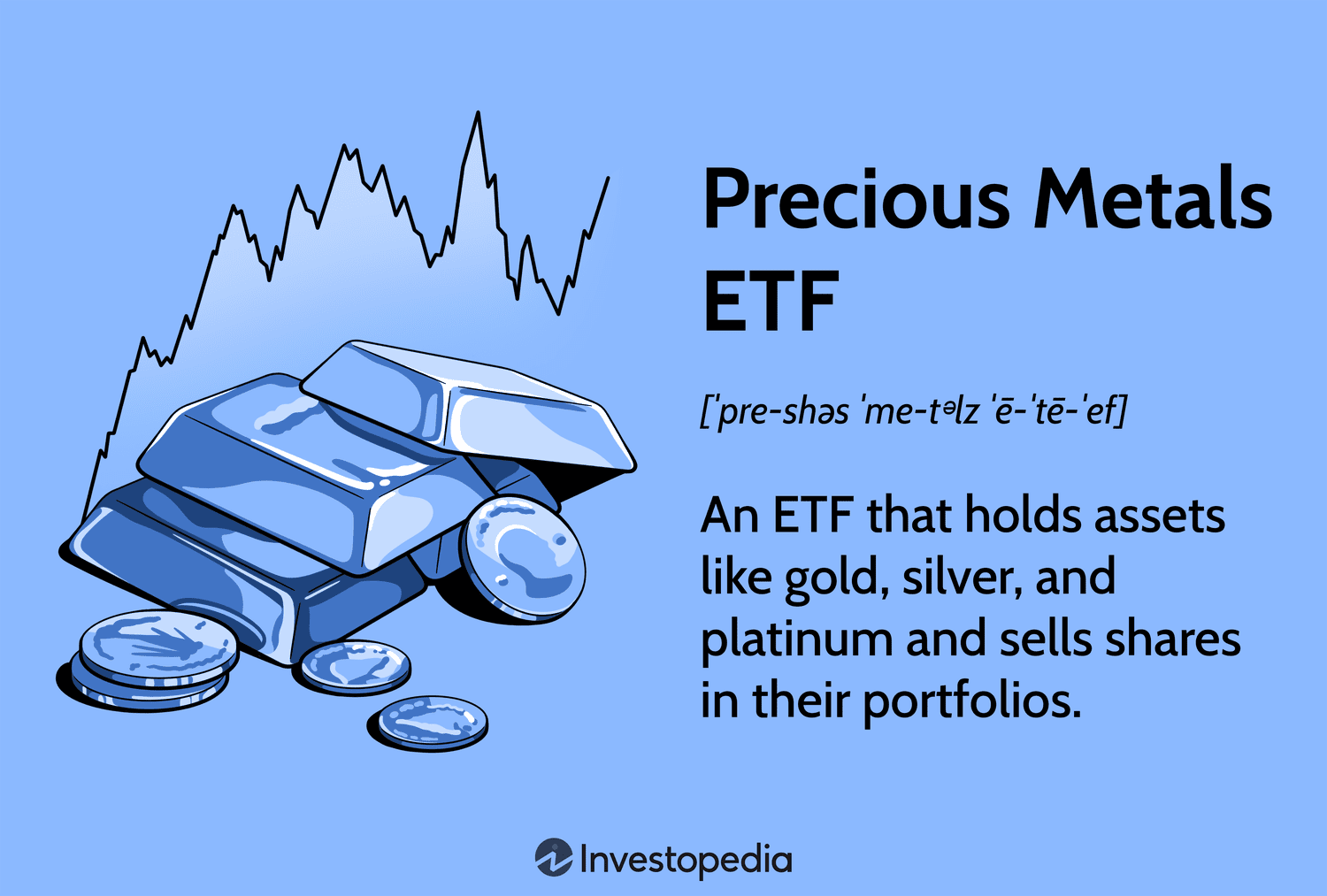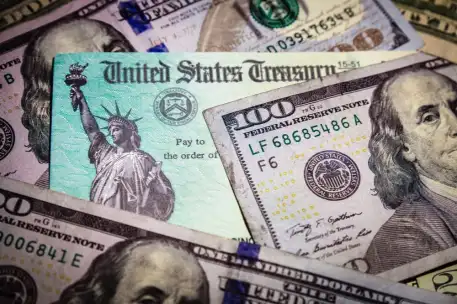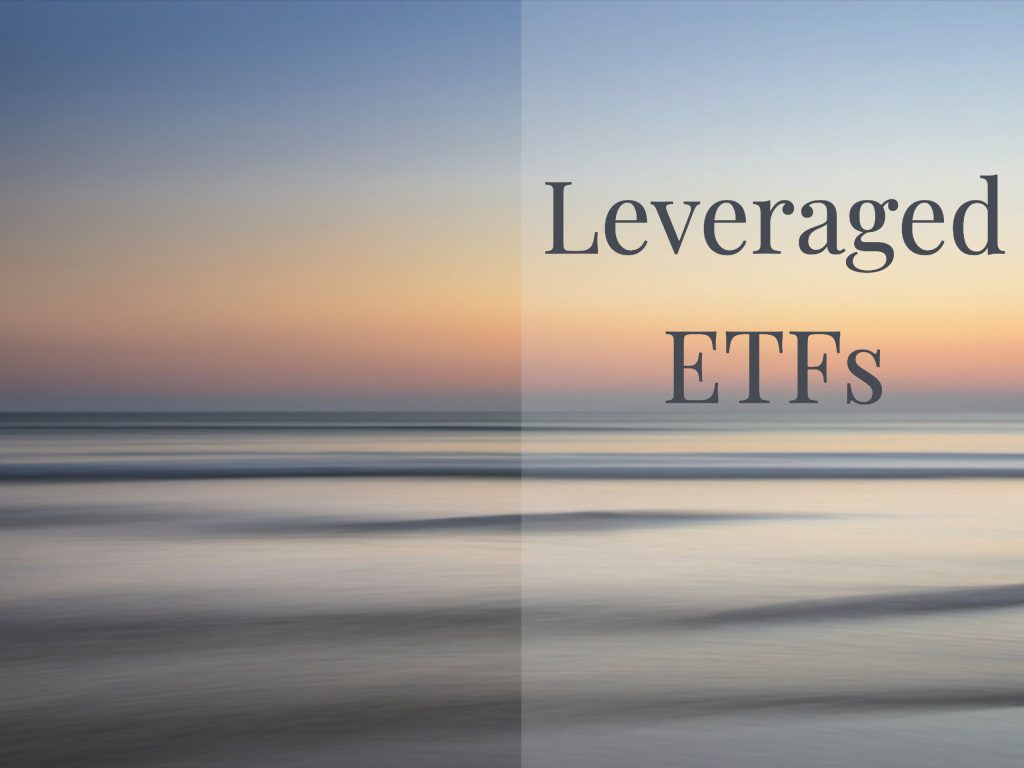

For investors looking to navigate the world of U.S. Treasury bonds, Exchange-Traded Funds (ETFs) offer a convenient way to gain exposure.
Things take a dramatic turn around 2019. The Treasury ETF begins a sharp ascent, climbing to a peak of nearly 50% cumulative return by 2020–2021. This surge reflects a significant drop in interest rates during the COVID-19 pandemic, as central banks slashed rates to stimulate economies. Falling yields drove up the prices of long-term Treasuries, benefiting the Treasury ETF. The bullish ETF, with its 3X leverage, skyrockets to a staggering 100% return, rewarding investors who bet on rising Treasury prices. Meanwhile, the bearish ETF, designed to profit from falling prices, plunges to a devastating -75% return.
But the tide turns after 2021. The Treasury ETF begins a steep decline, dropping to a cumulative return of around -25% by 2025. This reversal aligns with rising interest rates, likely driven by inflation and tighter monetary policy. As rates climb, Treasury prices fall, dragging the ETF into negative territory. The bullish ETF, which had soared earlier, crashes to a near -100% return, illustrating the brutal downside of leverage. The bearish ETF, after years of losses, finally sees a recovery, climbing back toward 0% as rising rates work in its favor.
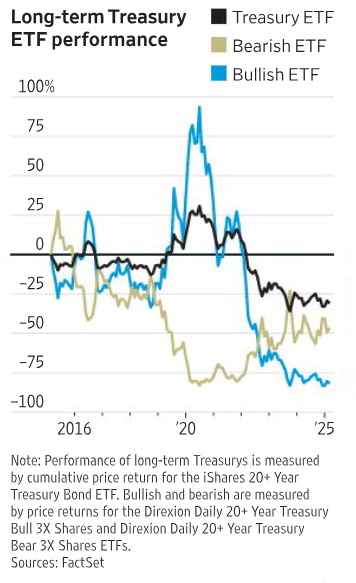
What This Means for Investors
The chart is a stark reminder of the volatility inherent in long-term Treasuries, especially when leverage is involved. For investors in the standard Treasury ETF, the past decade has been a rollercoaster, with gains in the early 2020s wiped out by losses in the years that followed. But for those in leveraged ETFs, the swings are even more extreme. The bullish ETF’s meteoric rise and subsequent fall show how leverage can amplify both gains and losses, while the bearish ETF’s journey underscores the importance of timing in inverse strategies.
For those considering Treasury ETFs, the lesson is clear: know what you’re getting into. Leveraged ETFs like the Direxion Bull and Bear 3X Shares are high-risk, high-reward tools best suited for short-term trading, not long-term holding. The standard iShares 20+ Year Treasury Bond ETF, while less volatile, is still sensitive to interest rate changes, making it a better fit for investors with a longer horizon and a stomach for moderate swings.
As the Treasury market continues to evolve, driven by economic conditions and policy decisions, investors would be wise to approach these ETFs with caution, a clear strategy, and an understanding of the forces at play.







